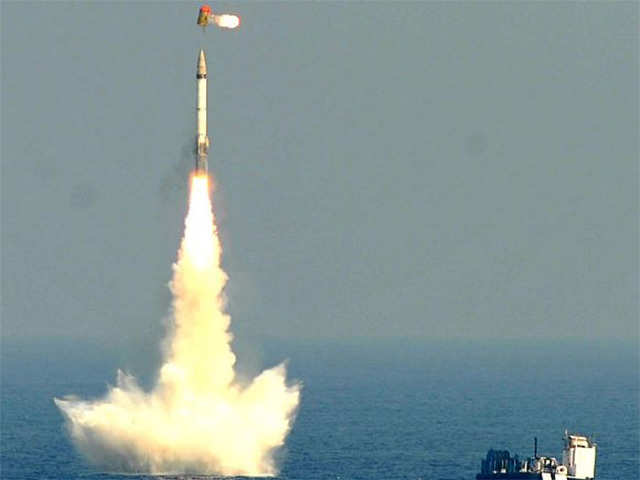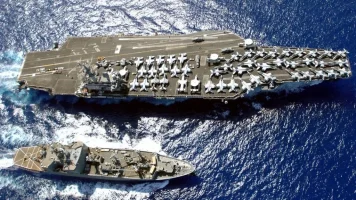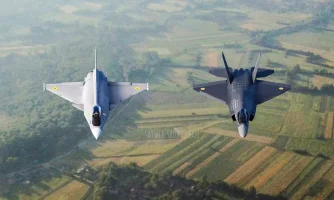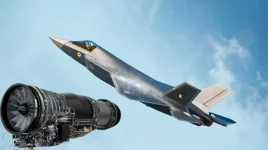- Views: 808
- Replies: 8

Admiral Arun Prakash (Retd.), India's former Chief of Naval Staff, has made a strong call for accelerated development of the K-series submarine-launched ballistic missiles (SLBMs).
In a recent op-ed for the Hindustan Times, Admiral Prakash highlighted the importance of these missiles, designed to carry Multiple Independently Re-entry Vehicles (MIRVs), for solidifying India's nuclear deterrent capabilities.
Prakash asserts that maintaining a robust underwater leg of India's nuclear triad is increasingly crucial. The triad, comprised of land-based ballistic missiles, airborne nuclear bombs, and sea-launched ballistic missiles, provides strategic deterrence. SLBMs, with their unparalleled mobility and stealth, become a vital component of this deterrent posture.
India's new generation of K-series missiles represents a significant advancement in the country's submarine-based nuclear capabilities. These missiles are designed with extended range and the capacity to carry MIRVs.
The Defence Research and Development Organisation (DRDO) has already built K-15 (1500km) and K-4 (3500km) range SLBMs for deployment on India's Arihant-class submarines.
Recent reports suggest DRDO is also working on the K-5 (5000km), potentially the first MIRV-equipped SLBM. Additionally, the DRDO has been given clearance to develop the K-6 (6000km), intended for the forthcoming S5-class nuclear submarines. These S5 submarines, termed "True SSBNs," are significantly larger with a submerged displacement of 13,000 tons.
Admiral Prakash's call for a faster development timeline underscores the strategic value India places on bolstering its underwater nuclear deterrent as a vital component of its overall security posture.



